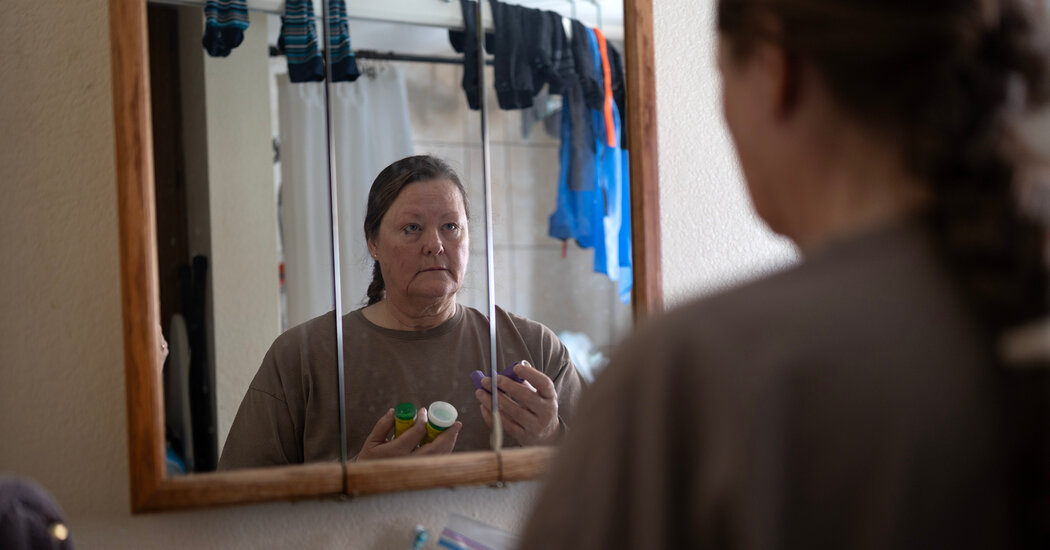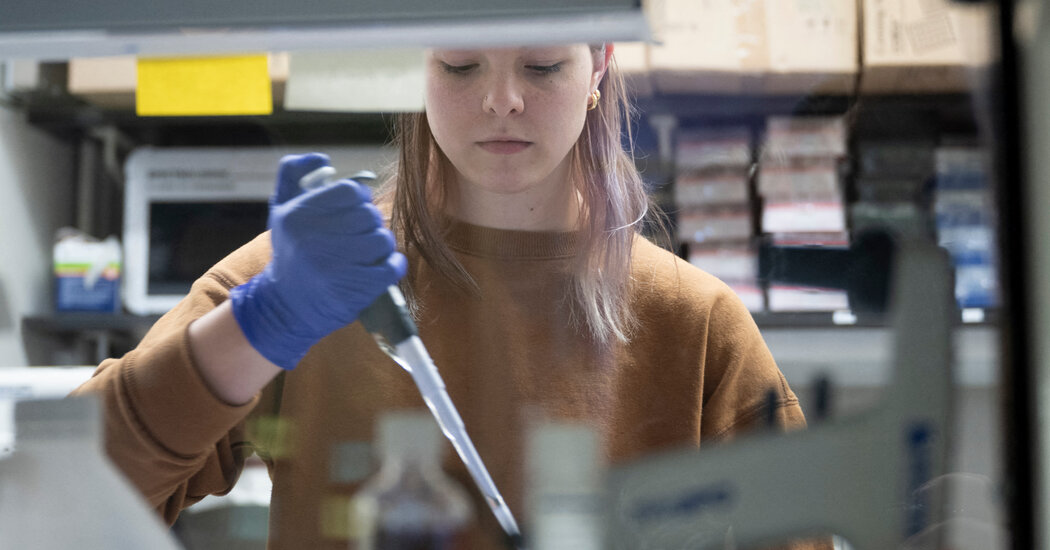F.D.A. Expands Access to Clozapine, a Key Treatment for Schizophrenia
Federal regulators will no longer require patients to provide blood tests before receiving the drug from pharmacies.The Food and Drug Administration has taken a crucial step toward expanding access to the antipsychotic medication clozapine, the only drug approved for treatment-resistant schizophrenia, among the most devastating of mental illnesses.The agency announced on Monday that it was eliminating a requirement that patients submit blood tests before their prescriptions can be filled.Clozapine, which was approved in 1989, is regarded by many physicians as the most effective available treatment for schizophrenia, and research shows that the drug significantly reduces suicidal behavior. Clozapine is also associated with a rare side effect called neutropenia, a drop in white blood cell counts that, in its most severe form, can be life-threatening.In 2015, federal regulators imposed a regimen known as risk evaluation and mitigation strategies, or REMS, that required patients to submit to weekly, biweekly and monthly blood tests that had to be uploaded onto a database and verified by pharmacists.Physicians have long complained that, as a result, clozapine is grossly underutilized.Dr. Frederick C. Nucifora, director of the Adult Schizophrenia Clinic at the Johns Hopkins School of Medicine, said he believed that around 30 percent of patients with schizophrenia would benefit from clozapine — far more than the 4 percent who currently take it.“I have had many patients who were doing terribly, who struggled to function outside the hospital, and cycled through many medications,” he said. “If they go on clozapine, they really tend to not be hospitalized again. I’ve had people go on to finish college and work. It’s quite remarkable.”We are having trouble retrieving the article content.Please enable JavaScript in your browser settings.Thank you for your patience while we verify access. If you are in Reader mode please exit and log into your Times account, or subscribe for all of The Times.Thank you for your patience while we verify access.Already a subscriber? Log in.Want all of The Times? Subscribe.
Read more →







